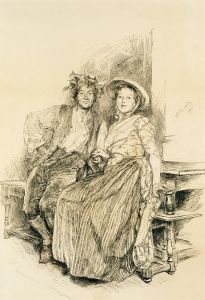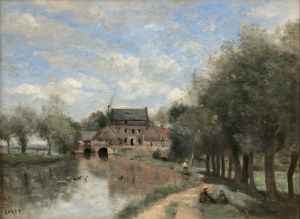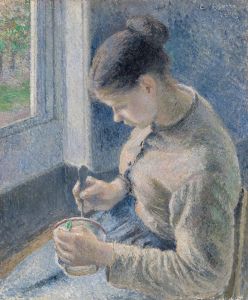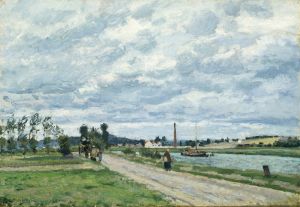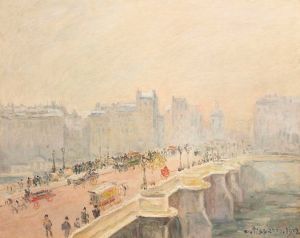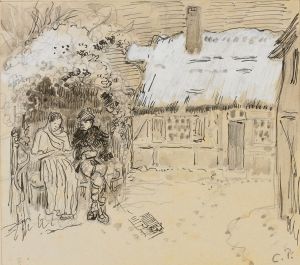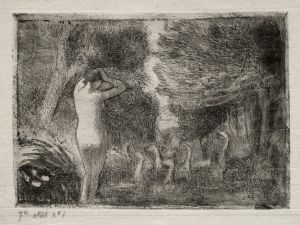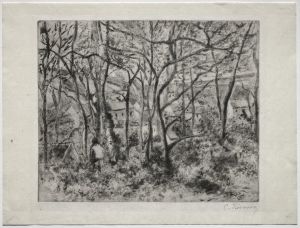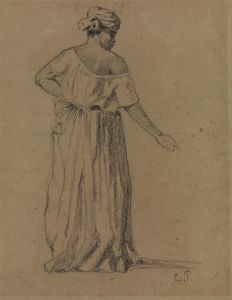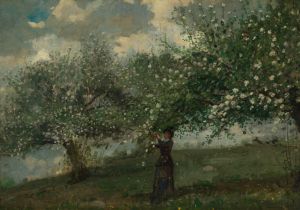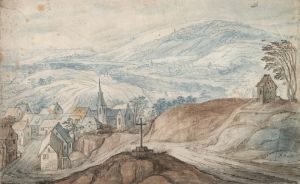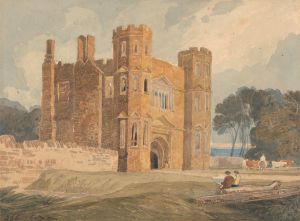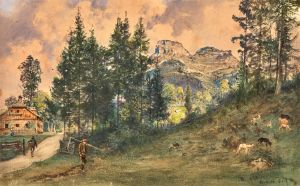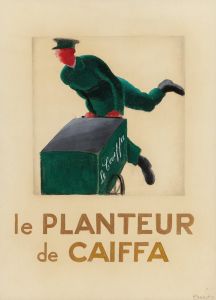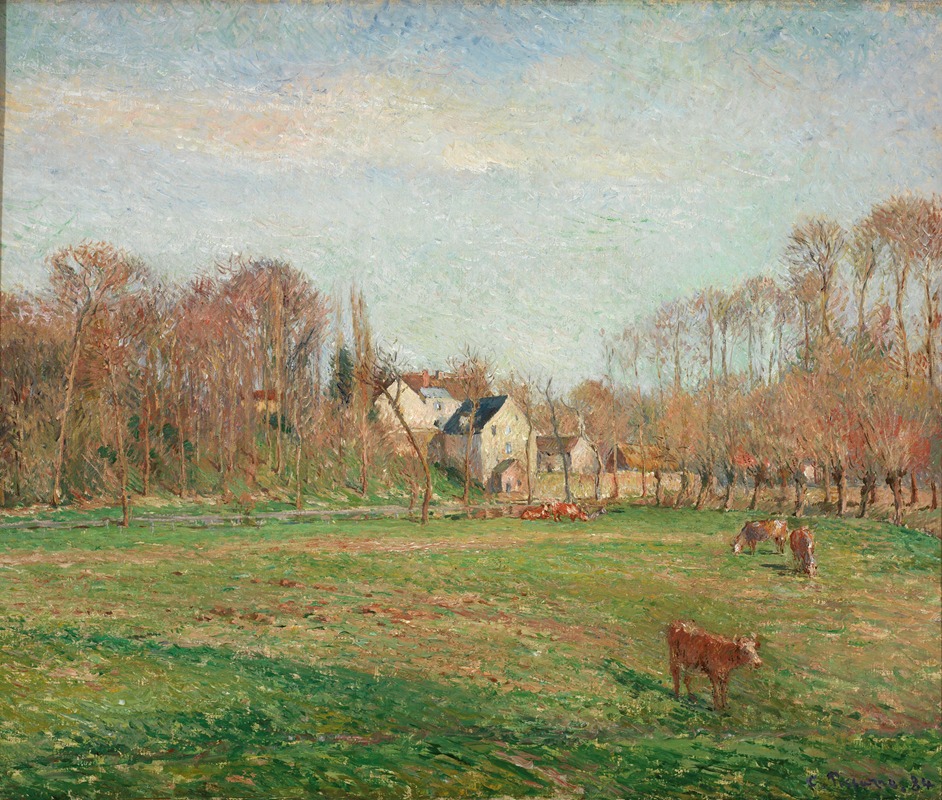
Field and Mill at Osny
A hand-painted replica of Camille Pissarro’s masterpiece Field and Mill at Osny, meticulously crafted by professional artists to capture the true essence of the original. Each piece is created with museum-quality canvas and rare mineral pigments, carefully painted by experienced artists with delicate brushstrokes and rich, layered colors to perfectly recreate the texture of the original artwork. Unlike machine-printed reproductions, this hand-painted version brings the painting to life, infused with the artist’s emotions and skill in every stroke. Whether for personal collection or home decoration, it instantly elevates the artistic atmosphere of any space.
"Field and Mill at Osny" is a painting by the renowned French artist Camille Pissarro, a pivotal figure in the Impressionist movement. Created in 1883, this artwork exemplifies Pissarro's dedication to capturing the essence of rural life and the natural landscape through his distinctive style.
Camille Pissarro was born on July 10, 1830, on the island of St. Thomas in the Danish West Indies. He moved to Paris in 1855, where he became deeply involved with the Impressionist movement, which sought to capture the effects of light and atmosphere in everyday scenes. Pissarro was known for his commitment to plein air painting, a technique that involves painting outdoors to directly capture the scene before the artist.
"Field and Mill at Osny" is part of Pissarro's series of works depicting the French countryside. Osny is a commune in the Val-d'Oise department in Île-de-France, located near Pontoise, where Pissarro lived for several years. This region provided a wealth of inspiration for the artist, who was fascinated by the interplay of light and shadow across the landscape.
The painting features a serene rural scene, with a field in the foreground and a mill in the background. Pissarro's use of color and brushwork in this piece is characteristic of his Impressionist style, employing loose, expressive strokes to convey the texture of the landscape and the movement of the natural elements. The palette is dominated by earthy tones, with greens and browns capturing the lushness of the fields and the solidity of the mill structure.
Pissarro's work often focused on themes of rural labor and the relationship between humans and nature. In "Field and Mill at Osny," the presence of the mill suggests the integration of human industry within the natural world, a common motif in Pissarro's oeuvre. The painting reflects the tranquility and simplicity of rural life, a subject that Pissarro returned to repeatedly throughout his career.
Throughout his life, Pissarro was a mentor to many younger artists, including Paul Cézanne and Paul Gauguin, and he played a crucial role in organizing the first Impressionist exhibition in 1874. His influence extended beyond his own work, as he encouraged experimentation and innovation among his peers.
"Field and Mill at Osny" is held in a private collection, and as such, it is not as widely accessible as some of Pissarro's other works housed in public museums. However, it remains an important example of his dedication to capturing the beauty and complexity of the natural world through the lens of Impressionism.
Pissarro's legacy as a pioneering Impressionist artist endures, with his works continuing to be celebrated for their vibrant depiction of light and atmosphere. "Field and Mill at Osny" stands as a testament to his skill in rendering the subtleties of the rural landscape and his ability to evoke a sense of place and time through his art.





